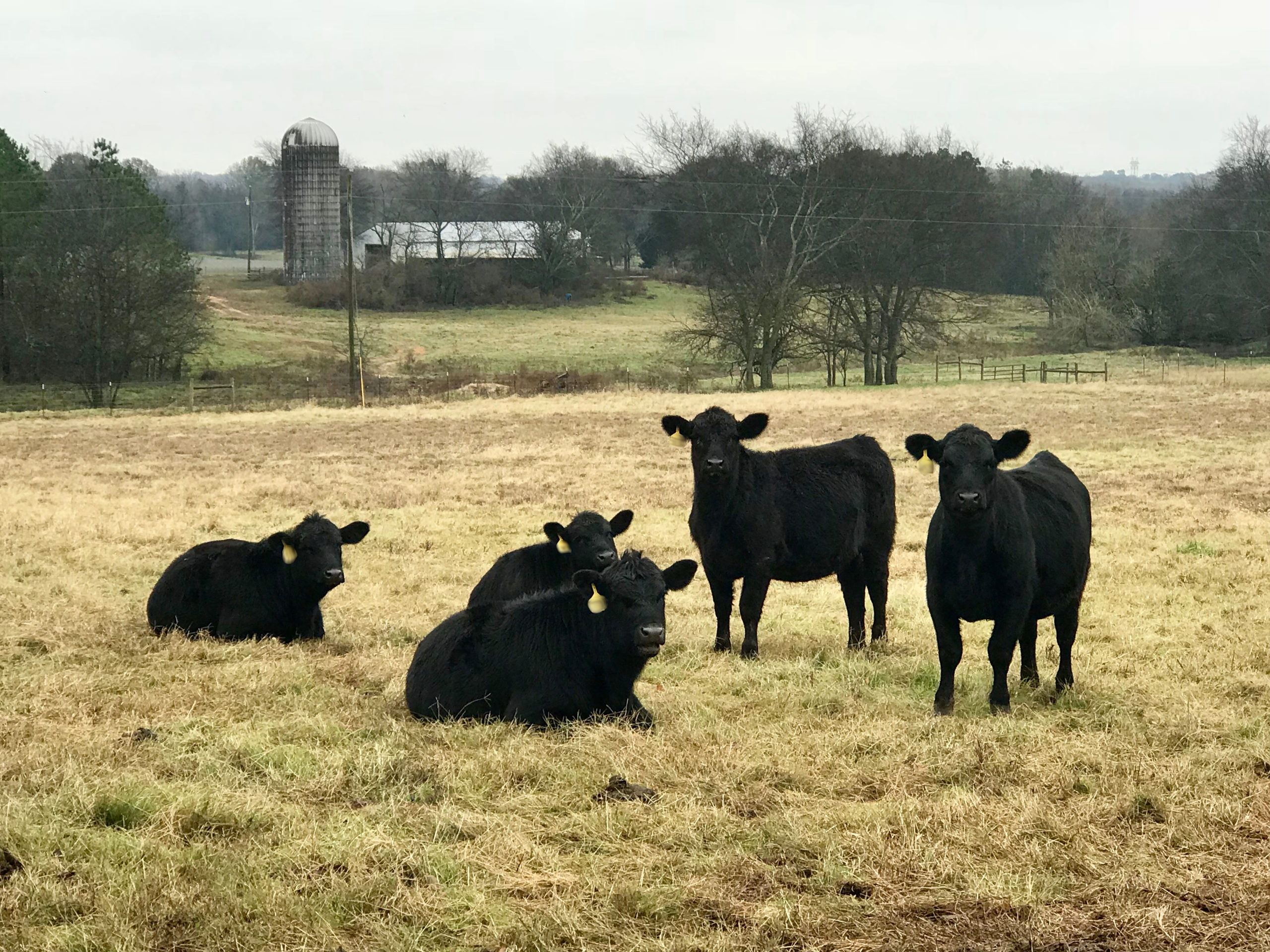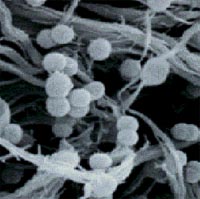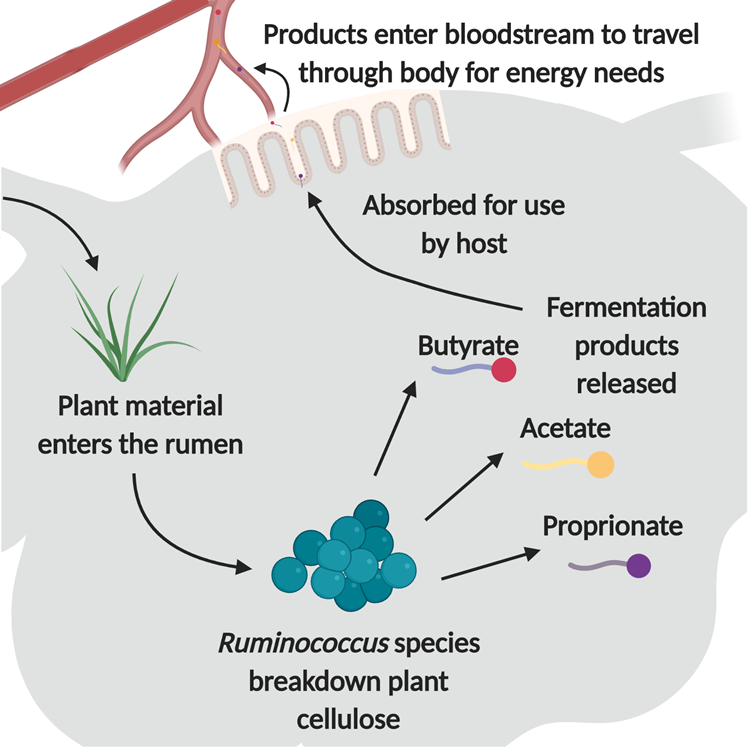
Learn more

Butyrate is the predominant volatile fatty acid produced by Ruminococcus species. Along with its uses for energy, butyrate is also important for immune system functions by regulating immune cell development and promoting anti-inflammatory effects. This regulation of inflammation is associated with the beneficial effects of Ruminococcus species by reducing excessive inflammation that can damage tissues in the gastrointestinal and reproductive tracts of cattle. Image created using BioRender.
Learn more

Ruminococcus species are highly abundant in the vagina and uterus of healthy cattle and are thought to contribute to the reproductive tract environment that supports future breeding success.
Learn more

The majority of Ruminococcus species in the rumen are cellulolytic, meaning they largely contribute to the breakdown of forages in the rumen. Specifically, cellulolytic bacteria breakdown cellulose, a component of the plant’s cell wall that the animal could not utilize on its own. Image courtesy of Microbe Wiki and Mark Morrison.
Learn more

As the bacteria break down the ingested forages, they release volatile fatty acids as a product of fermentation. The main volatile fatty acids produced are acetate, propionate, and butyrate. These products are then absorbed by the animal and converted to other substances that are used as main source of energy for the animal’s needs. Image created using BioRender.